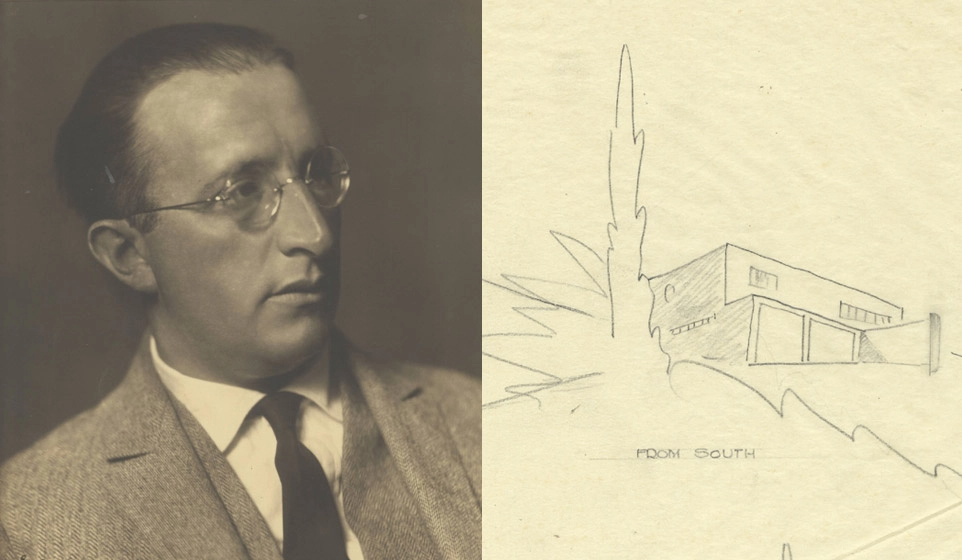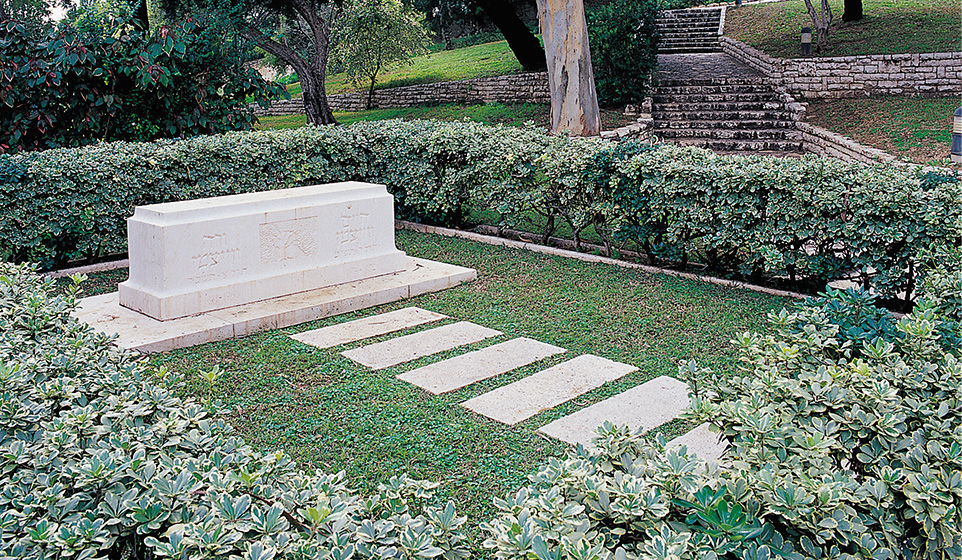Weizmann House
The Weizmann House was built in 1936 as the private home of Dr. Chaim and Dr. Vera Weizmann. They decided to build their home in the Land of Israel in Rehovot, next to the Sieff Institute founded by Dr. Weizmann in 1934, which later became the Weizmann Institute of Science.
The house was designed by a well-known Jewish architect, Erich Mendelsohn, who left Germany when the Nazis rose to power. The Weizmann House was Mendelsohn's first work in the Land of Israel. Mendelsohn wrote, "This is a completely contemporary home… However, it has features of a residence in a sub-tropical climate. In my opinion, this style of house will become popular in the East after two thousand years, just as it was accepted that Judea was a Roman province."
Upon Dr. Weizmann's election as President of Israel, the house became the official residence of the President of Israel. After his death, the official residence moved to Jerusalem. The Weizmanns donated the estate, the house and its contents to the State of Israel, in order to preserve the heritage of the first president.








